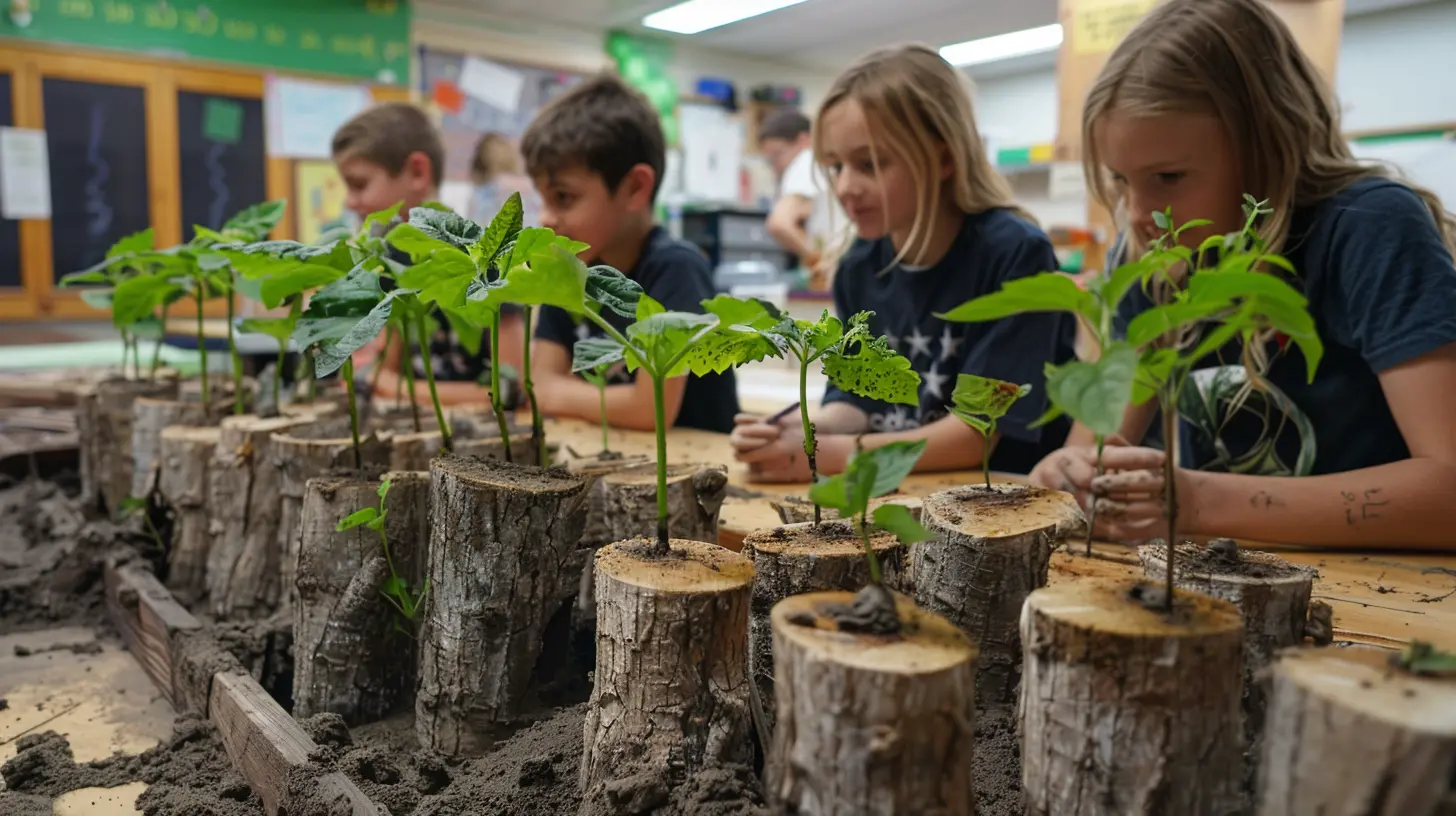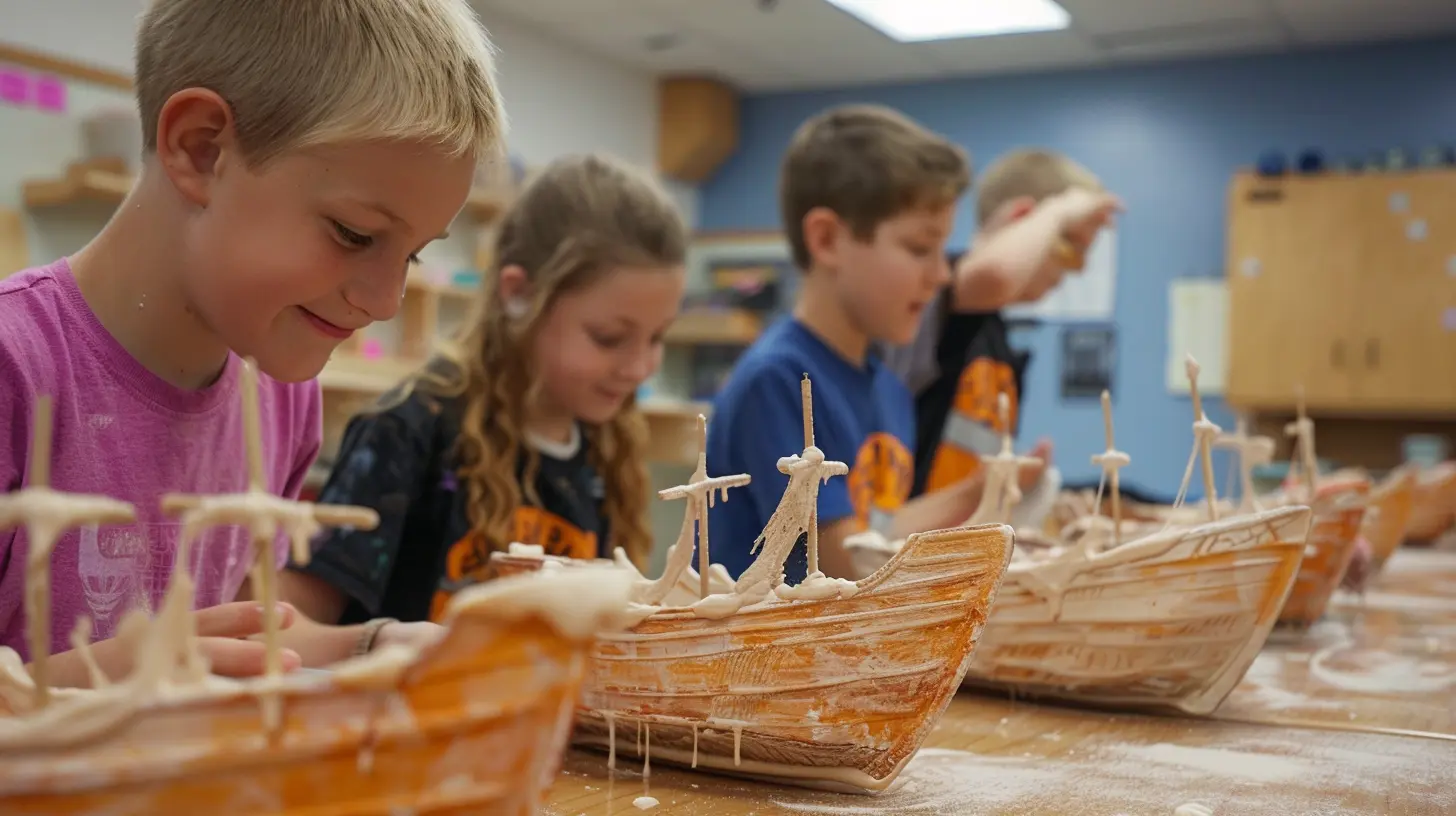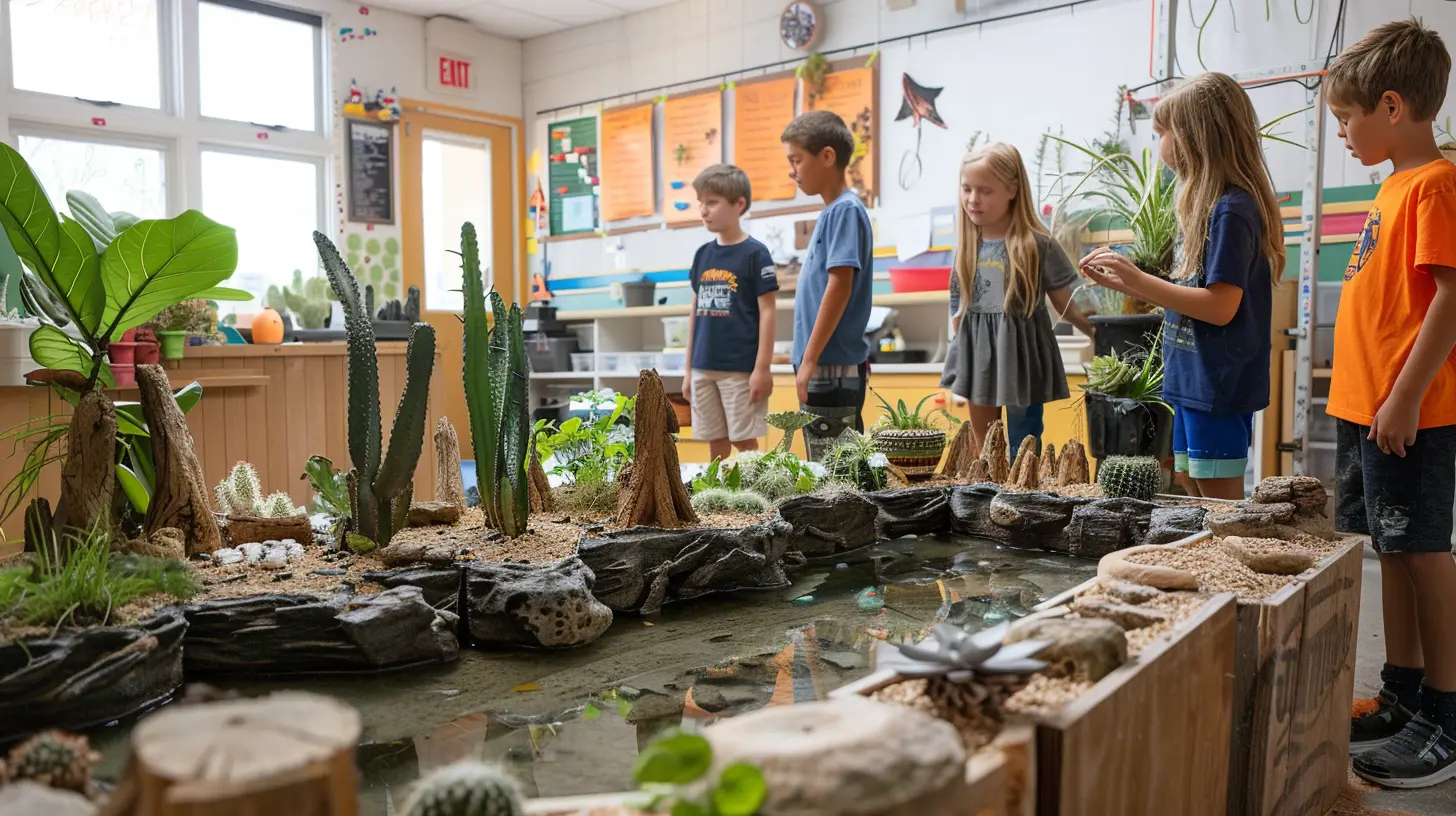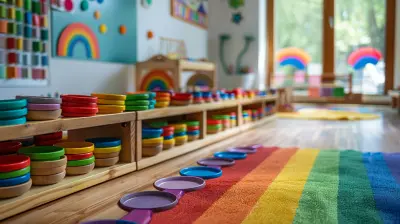10 April 2025
Ever wondered why students often forget what they cram before exams but vividly remember the science fair projects they worked on for weeks? That’s the magic of Project-Based Learning (PBL)!
PBL isn’t just another educational buzzword—it’s a game-changer. Instead of rote memorization, students dive deep into real-world problems, brainstorming, experimenting, and creating solutions. It’s the kind of education that actually sticks because it’s hands-on, engaging, and—dare I say—fun!
So, let’s break down what project-based learning is, why it works, and some super cool hands-on activities that will inspire students to think, create, and achieve. 
📌 What Is Project-Based Learning (PBL)?
Put simply, PBL is learning by doing. Instead of listening to long lectures or memorizing facts from a textbook, students work on meaningful projects over weeks or even months. These projects tackle real-world challenges, encouraging students to think critically, collaborate, and develop problem-solving skills.Unlike traditional learning, where the teacher is the "sage on the stage," in PBL, the teacher becomes a guide on the side—coaching, questioning, and sparking curiosity.
🔥 Why PBL Works
Let’s be honest—most students tune out during traditional lessons. But when they’re actively engaged in a project, something magical happens:- They take ownership of their learning. PBL puts students in the driver's seat, making education more meaningful.
- It fosters creativity and innovation. Students aren’t just answering questions—they're solving problems.
- Collaboration becomes second nature. PBL encourages teamwork, mirroring real-world work environments.
- It builds critical thinking skills. There isn't just one "right answer," so students need to analyze, adapt, and refine their ideas.
- Learning sticks. When students do something rather than just hear it, they remember it longer.
Now that we know why PBL rocks, let’s check out some hands-on projects that can ignite curiosity across different subjects. 
🚀 Hands-On Project-Based Learning Activities
PBL can be applied to literally any subject—from science to history to math. Here are some dynamic, hands-on activities that will get students excited to learn:🏗️ 1. Engineering Challenge: Build a Bridge
Objective: Students design and construct a bridge using materials like popsicle sticks, cardboard, or spaghetti. The goal? To support as much weight as possible!Why It Works: This activity blends physics, math, and engineering, challenging students to think like real-world designers. It also boosts teamwork and problem-solving skills.
Bonus Twist: Have students compete in groups to see whose bridge holds the most weight. A little friendly competition never hurts!
🏠 2. Tiny House Design Project
Objective: Students design a tiny house based on specific budget and space constraints. They’ll create floor plans, 3D models, and even a budget spreadsheet.Why It Works: This project incorporates math, art, and financial literacy—plus, tiny houses are super trendy, so students love it!
Bonus Twist: Have students pitch their tiny house designs Shark Tank-style to a panel of “investors” (aka classmates or teachers).
🌱 3. Sustainable Garden Project
Objective: Students plan and build a small sustainable garden. They’ll learn about soil health, plant growth, and environmental conservation.Why It Works: It connects biology, ecology, and sustainability, helping students see science in action. Plus, it teaches responsibility as they care for their garden.
Bonus Twist: If space is limited, try an indoor hydroponic garden—a new challenge with modern farming applications!
🎬 4. Historical Documentary Film
Objective: Students choose a historical event, research it deeply, and create a mini-documentary film.Why It Works: This brings history to life, making it more engaging than just reading from a textbook. Plus, it incorporates media skills, storytelling, and critical thinking.
Bonus Twist: Host a film festival where students showcase their documentaries with popcorn and red carpet vibes!
🌎 5. Global Issues Podcast
Objective: Students create a podcast discussing a global issue they care about—climate change, poverty, or even space exploration.Why It Works: They’re researching, interviewing experts, and honing communication skills. Plus, they get to use technology in a meaningful way.
Bonus Twist: Publish the podcast online, so students feel a real sense of impact and pride.
🏦 6. The Classroom Startup Project
Objective: Students develop a business idea, create a business plan, and even pitch it to an audience.Why It Works: It builds entrepreneurship skills, financial literacy, and real-world problem-solving.
Bonus Twist: Give students a small budget (fake or real money) to see whose company could make the most profit!
🚀 7. Space Colony Simulation
Objective: Students design a self-sustaining space colony for a future Mars mission. They must consider food, water, shelter, and social systems.Why It Works: This is an ultimate STEM project—combining engineering, astronomy, biology, and even sociology!
Bonus Twist: Have students present their space colonies to NASA scientists (or science teachers playing the role of NASA officials).
📚 8. Student-Authored Book
Objective: Students write and illustrate their own children’s book on a topic they love.Why It Works: It nurtures writing, creativity, and storytelling. Plus, it’s a great way to encourage students who may not love traditional essays.
Bonus Twist: Partner with a local elementary school and let students read their books to younger kids! 
💡 How To Implement PBL Successfully
Excited to implement project-based learning? Here are some must-follow tips:✔ Start with a Compelling Question: Every great project starts with a thought-provoking question. (Ex: "How can we design a city that runs on 100% renewable energy?")
✔ Allow for Student Choice: The more autonomy students have over their projects, the more engaged they’ll be.
✔ Encourage Collaboration: Real-world problems aren’t solved alone—neither should classroom projects.
✔ Incorporate Technology: Use video editing, 3D modeling, coding, or digital storytelling tools to enhance projects.
✔ Make Learning Public: Showcase student projects through presentations, websites, or community events.
✔ Assess Progress Along the Way: Instead of just grading the final product, assess creativity, teamwork, and problem-solving throughout the process. 
🎯 Why Every Classroom Needs PBL
Project-Based Learning isn’t just a fad—it’s the future of education.It prepares students for real careers, where problem-solving, creativity, and collaboration matter more than memorizing facts. It makes learning meaningful, engaging, and fun, which means students actually want to learn.
So, if you’re an educator, a parent, or just someone who loves shaking up the status quo, give PBL a shot! Who knows? The next great inventor, scientist, or entrepreneur might just be waiting for the right project to spark their genius.




Yolanda McKinney
Project-Based Learning is transformative! It actively engages students, fosters critical thinking, and cultivates real-world skills. Embracing hands-on activities not only inspires creativity but also prepares learners for future challenges. Let's prioritize this essential approach!
April 13, 2025 at 7:33 PM